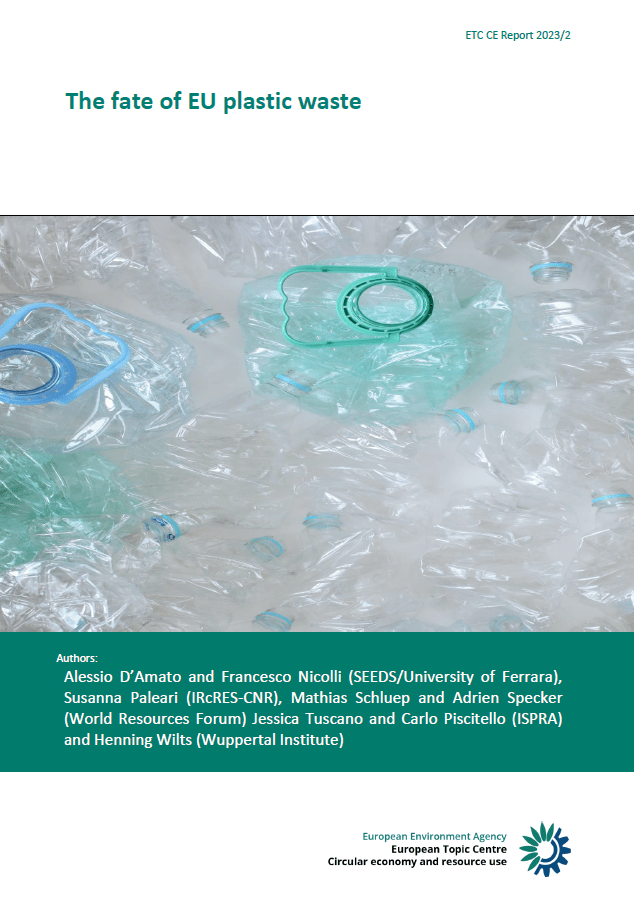Trends in plastic waste trade have changed significantly in recent years as a result of a series of policies intervention, including a growing number of plastic waste import and export restrictions, as well as a stronger focus on circular economy and the waste management of plastics.
This report explores recent trends in both the cross-border intra- and extra-EU plastic waste trade. It finds that there has been a steady decline in the export of EU plastic waste trade, which, since 2017, has been surpassed (both in volume and value) by a growing flow of intra-EU waste trade. It also finds that the composition of traded plastic waste polymers has been more or less constant within the EU (Intra-EU), while after 2018 (the year of the Chinese ban) the share of polymers of ethylene in extra-EU exports has increased, which may suggest an improvement in recyclability of extra-EU exports. This evidence is coupled with the increase in the average value of traded waste between 2020 and early 2022, again going in the direction of suggesting an improving quality of extra-EU flows in recent years. The relevance of these conjectures and the drivers of these changes need, however, additional investigation.
The implications of this data assessment for the ongoing circular economy transition in the EU need, however, to be confronted with the degree of circularity of plastic waste management in destination countries, both inside and outside the EU. In this report, we adopt a case-study based approach, also in relation to the difficulties in rigorously matching trade and waste management data sources.
The key issues vary across the EU-based case studies. While in Germany the fate of plastic waste imported depends on whether its source is from industry or households, the Netherlands appears to be a central EU “hub”. In Poland, imports feature a high rate of composites making them very difficult to recycle.
Turning to plastic waste destinations outside the EU, the Chinese ban has indeed created a “domino” effect, first by re-routing plastic waste exports to new destinations, and then experiencing further rerouting due to additional import restrictions by the same countries. There are, however, also pull factors for extra-EU trade. Recyclers operating in the receiving countries often depend on imported plastic waste, which is often preferred to domestic-sourced plastic waste, as it is perceived to be better quality. Our extra-EU case studies – Malaysia, Türkiye and Vietnam – show that lacking waste management infrastructures in destination countries still raise significant environmental concerns, so that the overall reduction of plastic waste exports outside the EU and the changing policy scenario may indeed be seen as an encouraging signal in terms of circular waste management inside the EU.
The report concludes with a call for better and more comparable data between trade and waste management dimensions.

